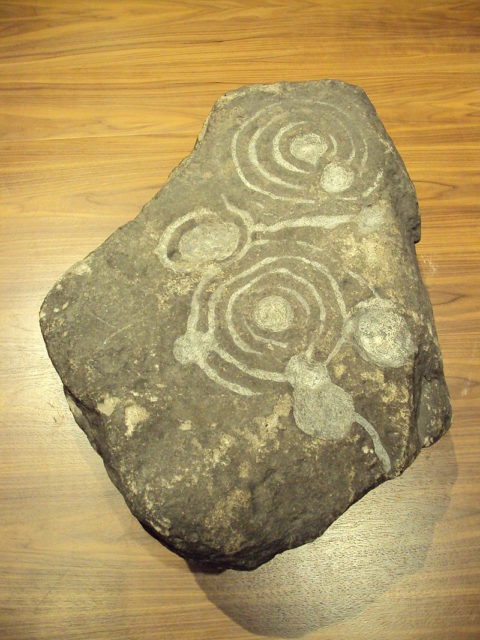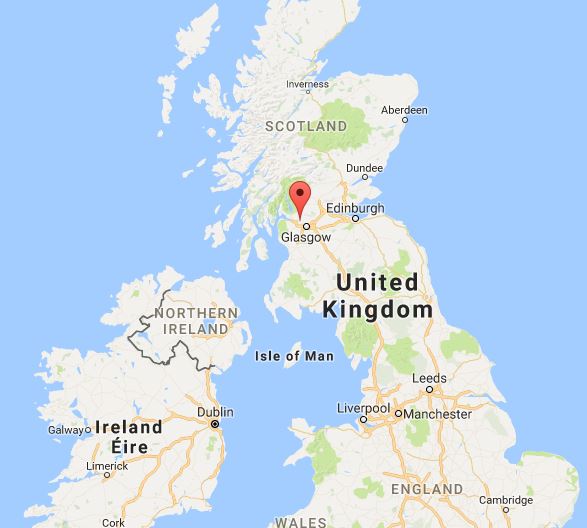Hidden in a strip of woodland on the edge of a Scottish housing estate is one of Europe’s most significant artworks. Buried to protect it from vandalism, a block of rock engraved with Stone Age carvings is possibly one of UK’s most ignored prehistoric places. Now, close to 50 years since it was re-buried, the 5,000-year-old Cochno Stone is going to be excavated again for research purposes.
The rings and cups are a form a type of prehistoric art that has been discovered throughout the world, from Europe to Austalia. They consist of round grooves, enclosed by a series of concentric ring shapes that appear similar to ripples of water. The symbol dated back to the Neolithic and Bronze Ages, but several examples have been discovered from as late as the Iron Age. Several of the carvings have been discovered on outcrops overlooking important routes, watering holes or hunting grounds, which leads us to believe they were possibly used to mark these spots. Other suggestions have been they might have been a mark of territorial ownership. Subsequent examples have been discovered in association with ceremonial or burial sites, suggesting they might have had a sacred significance.

The stone measures 42 ft, and is covered in about 90 grooved spirals and indentations recognized as rings and cups. The petroglyphs also comprise of a ringed cross and a set of four-toed feet. Investigators are now using 3D imaging technology to allow them to study the ancient artwork in more detail. This might go a long way to explaining the history and meaning of ancient cup and ring artwork. The archaeological team will collect high-resolution pictures of the surface of the stone, using the exact technology that imaged Tutakgamun’s tomb and revealed the existence of an undiscovered chamber. Once the work is concluded, the stone will be buried again to have it safe from harm.
It was first discovered in the year of 1887 by James Harvey, located on a section of farmland close to Clydebank in West Dunbartonshire. The Conchno Stone caused a sensation when it was excavated. However, when the Faifley housing estate was built on nearby land the stone became the target of vandalism. Archaeologists feared the ancient rock carvings would be destroyed as people carelessly walked over them and some even began carving their own names onto the relic. The stone was reburied in 1965.

Scientists believe that the carvings were created about 3,000 BC, but their significance is lost to history. Several specialists believe they might have been their ancient type of writing, or recording circumstances, or possibly a unit of measurement. Others have proposed they might be artwork that symbolized death and life.
The current excavation team assures they will preserve the rock face in a digital form so it can be researched with more detail without submitting it to more damage. A copy will also be produced for public display. It is sad that one of the most significant Neolithic artworks in the country, and perhaps the world, has to be taken away from the public because of the actions of an inconsiderate minority, but archaeologists hope raising awareness of the artifact will encourage people to look after it.
